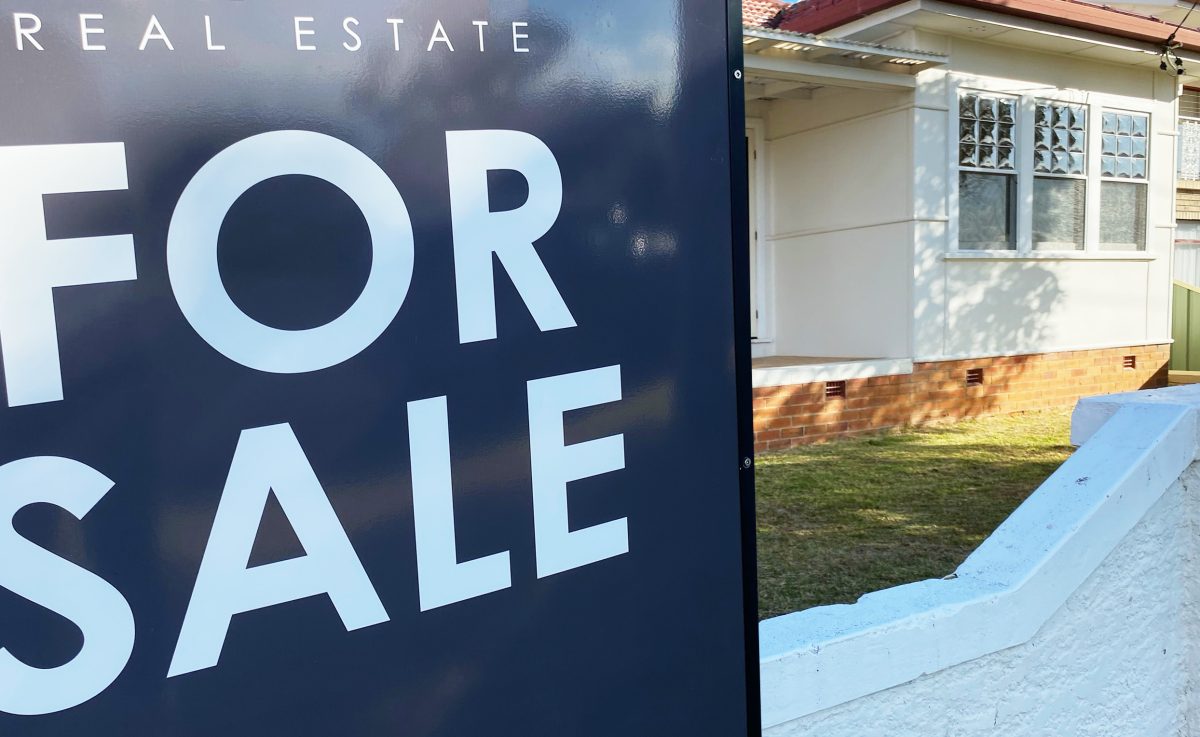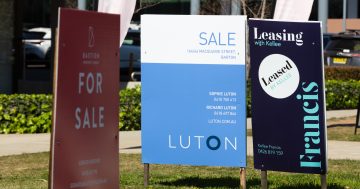
If you haven’t sold, at least be ready to list your existing home for sale before you buy. Photo: Region.
Buying and selling residential property is all about timing, and it’s often a case of the chicken and the egg – which comes first?
While the ideal scenario is to sell your home and buy in the same market, with a simultaneous settlement, things don’t always go to plan.
Canberra property lawyer and principal Peter Romano from Velocity Conveyancing says the process can be daunting, but there are a few things you can do to help make your property transactions run smoothly.
He says preparation is the key.
“If you’re thinking of selling, then ideally buying in the same market, you need to be ready to move fast,” he says.
“If you find a property you want to buy, you won’t have a lot of time to list and sell your existing property.
“If I was to buy now, then decide to sell, it could take a while to get my property on the market and find the right buyer.”
He says having a contract for sale and a real estate marketing plan ready to go is critical. You need to have all the required documents that accompany the contract for sale to reduce the chance of unexpected delays.
If buyers require extra time to sell their home, Peter says they should request an extended settlement period to try and facilitate a simultaneous transaction.
“Ideally, your conveyancer or solicitor would aim to settle both properties on the same day, but this cannot always happen,” he says.
“There’s nothing worse than having to move out of one property, find somewhere to stay, and store all your furniture for a week – or even a few days – before moving into your new home.”
Peter says to negotiate the longest settlement period for the purchase you can. This offers more time to sell the existing house, without being pushed into accepting a low offer.
“When buying a home, speak to the real estate agent and request a longer settlement if you haven’t already got your existing house on the market,” he says.
The scenario works the same way if you’ve already sold your home and haven’t yet found something to buy. An extended settlement gives you a bit more time to secure a new home.
Peter says those who have just sold their property are in a better position to buy, both financially and as a qualified purchaser – and likely to be taken seriously by the agent and vendor.
While buying and selling in the same market – financially and geographically – is the perfect scenario, some sell and wait around hoping for the market to drop, but end up struggling to get a foot back in the door.
People often find themselves having to pay rent for months until they find something else to buy, settling for a cheaper home, or buying in a different location, just to get back into the property market.
“The best scenario is, if it’s a rising market, buy first and lock in a price point at which you need to sell your existing property,” Peter says.
“If it’s a falling market, you’re better off to sell your existing house first, then buy. But there’s always that risk of not being able to find a decent property, especially if stock is low.”

Velocity Conveyancing director Peter Romano can take the stress out of buying and selling in Canberra. Photo: Thomas Lucraft.
He says before making an offer on your new home, ensure your budget and finance approvals are in place as soon as possible and finding an experienced mortgage broker or banker is crucial.
“You need the right advice on what you can borrow from broker or banker, and you may need their help to organise short-term bridging finance to purchase before you have a buyer for your property,” Peter says.
The buying and selling roundabout can be daunting, confusing and stressful, with most homeowners having to sell in order to have the money to buy, but not wanting to sell until they find the home they want to buy.
“If you’re thinking of selling, you need to be actively looking for property to buy,” Peter says.
“But at the same time, most people can’t afford to buy without selling first – it’s a catch 22 situation.”
Watching the market in the areas you’re selling in and planning to buy in will help you work out whether you need to apply for extra finance – another box to be ticked before you think about making an offer.
“Do your research, look at past sales data and know what’s happening in your area.
“If you know the market, and you’ve got your finance sorted, paperwork and marketing ready to go, and can negotiate a delayed settlement, you’re heading down the right path.
“Talking to your conveyancer, broker and estate agent is the best place to start.”
Getting a couple of appraisals for your existing home and talking to a bank or mortgage broker will give you an idea of how much you can spend on your new property.
“Usually it’s the dollars that determine what you can buy. That’s why it’s important to be realistic and get realistic advice.”
Peter’s biggest tips are to be organised right from the get-go and engage a good conveyancer that communicates with the bank and agents to minimise any hiccups.
If you’re thinking of buying and selling in Canberra, let Peter and the team at Velocity Conveyancing get you on the path to success – without the stress.




















